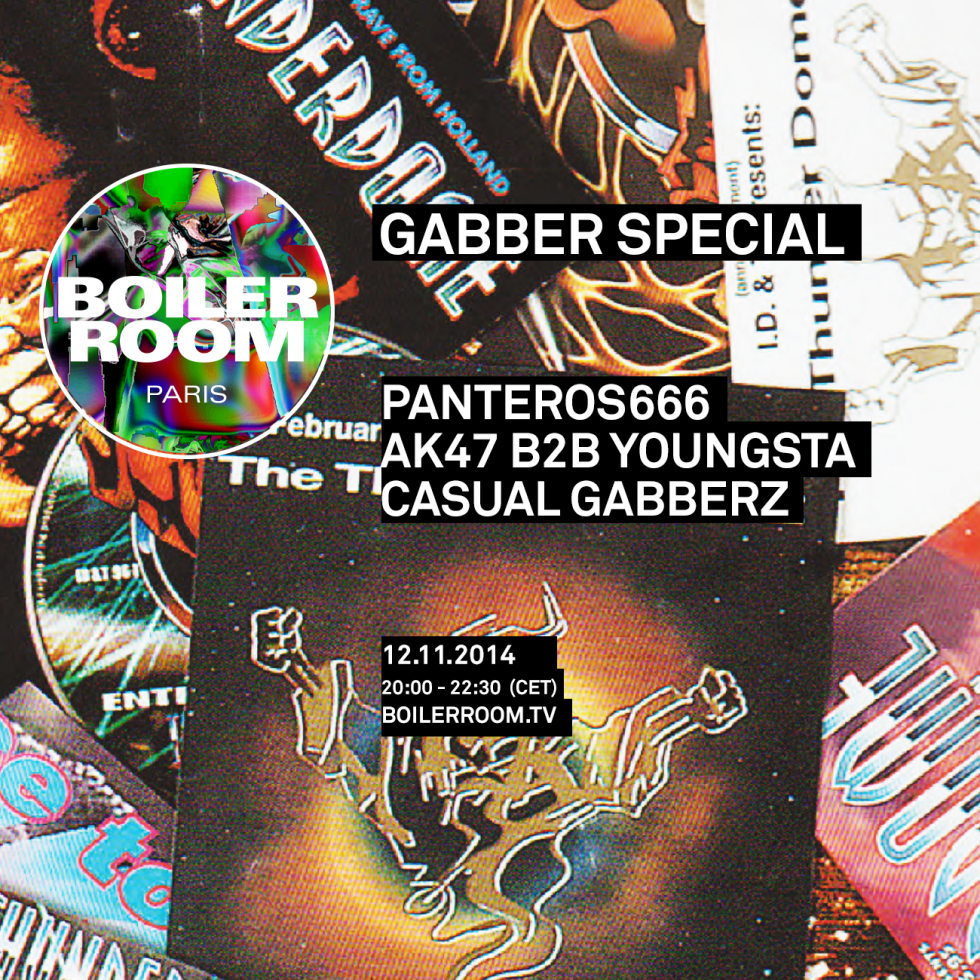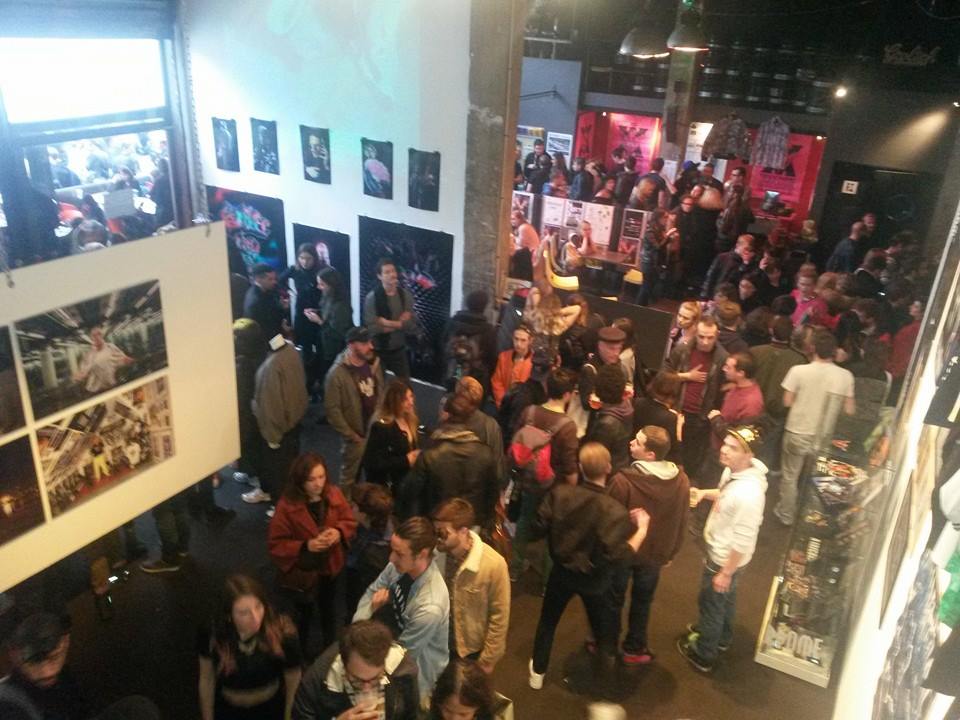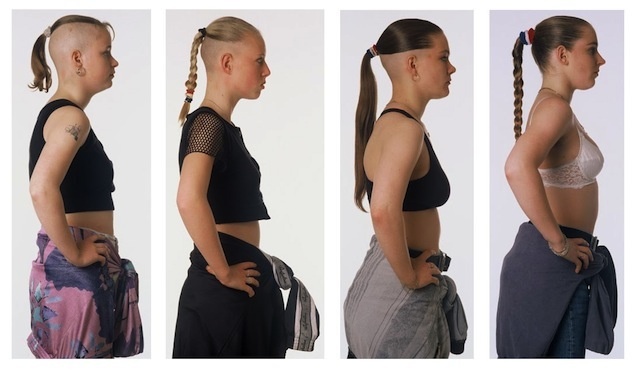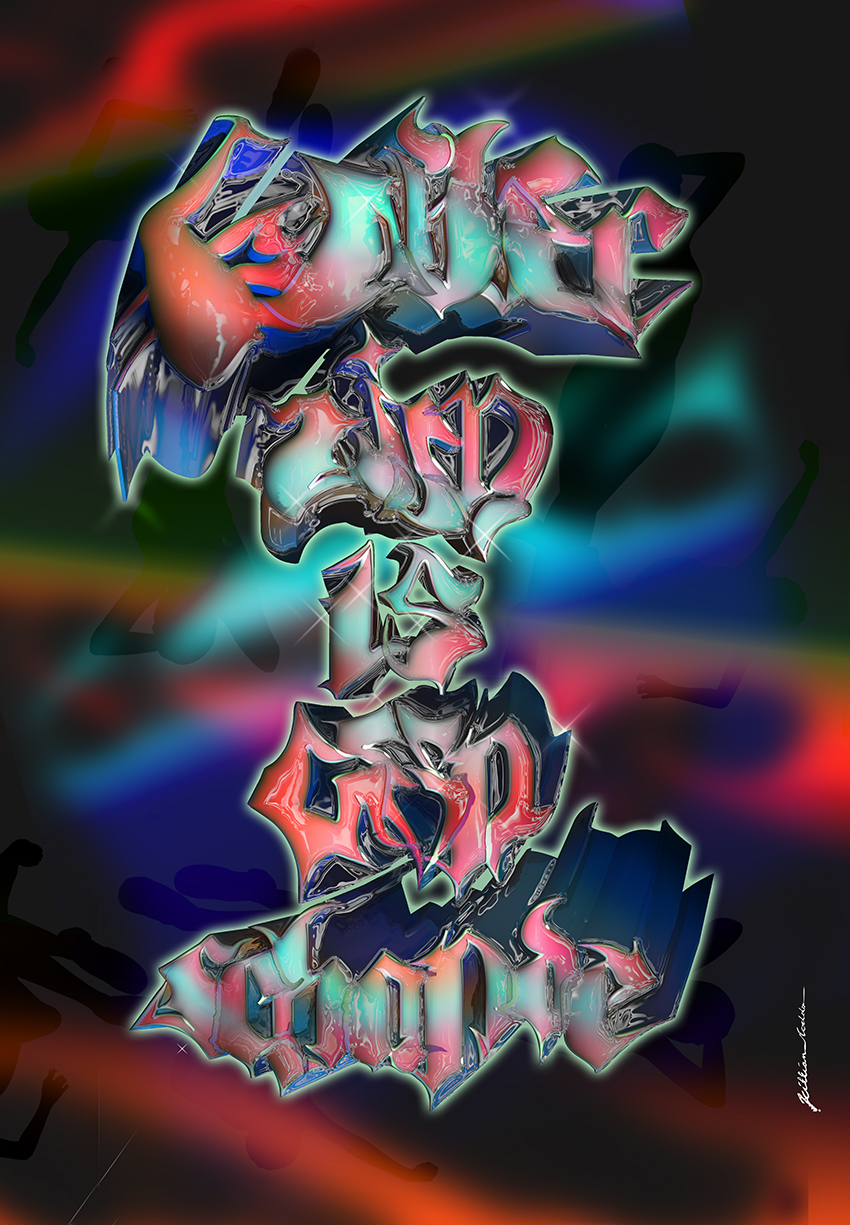It’s Not A Disgrace To Be A Gabber!

It’s with these words engraved on a vinyl in 1992 that DJ Paul Elstak from Rotterdam initiated a scene that grew to huge proportions. At its peak, gabber gathered thousands and thousands of Dutch ravers every weekend, eventually hitting the mainstream before fading away almost as fast as it arose. 20 years later, following the perpetual cycle of the death and re-generation of music genres, young Parisian collective Casual Gabberz explore the cultural legacy of the hardcore scene, bringing it back to the clubs.
Back in June, we gave carte blanche to Paul Orzoni and Maxime Guenegou (Casual Gabberz) to curate our Gabber session. The two Parisians have been behind the recent renewed interest in the genre, with an exhibition that took place in May 2014 at Le Point Ephemere (Paris). From Hakken dance initiations to documentaries screening, the art space showcased a handful of events which offered neophytes a wide overview of the gabber’s cultural attributes and its influence beyond music itself.
 Gabber expo opening party, Le Point Ephémère (Paris)
Gabber expo opening party, Le Point Ephémère (Paris)
Gabber was originally born in Rotterdam in the late 1980s as a reaction to the domination of the city of Amsterdam on the Dutch scene. At that time, while the media attention was strictly focusing on the acid house scene from the capital city, Rotterdam DJs started to develop their own sound but their efforts weren’t taken seriously. Questioned about it, K.C. the Funkaholic, an Amsterdam DJ, assimilated the scene to “a bunch of gabbers having fun” — the term gabber, derived from Yiddish chaver, being a slang term that stands for pals.
Visitors to Parkzicht, the epicentral Mecca of Gabber, eventually grew. These sprouting regiments of ravers inspired ID&T – the Dutch promoter who’d later spawn Tomorrowland – to start a series of parties called Thunderdome focusing on hardcore techno and gabber only. Their aggressive marketing strategy, including various merchandising products and advertising campaigns on TVs and radios, contributed to bringing gabber to the masses. At their peak, Thuderdome raves could gather something like 40,000 participants. Cue a family-style event where kids faked ecstasy use with candies.
With the movement developing into numerous sub-genres (hardstyle, terrorcore, oldchool, nu-style, speedcore, happy hardcore…), gabber finally ended up to describe more a community and a lifestyle than just a genre. Being gabber meant a certain way of dressing (Air Max Nike, fluorescent jackets and tracksuits, shaved head), a certain way of dancing and an anti-amphetamine taking approch to a good time.

Picture from http://www.exactitudes.com
By the end of the 1990s, some controversies related to neo-nazi skinhead groups contributed to the deterioration of the relations inside the scene. But if gabber as a trend rapidly faded away, its influences remained strong with producers like Soulwax, Club Cheval and more recently Koudlam incorporating an obvious hardcore heritage to their productions. Looking at the development of the dubstep EDM scene, it’s also hard to not think of some gabber gimmicks in there. Beyond music, the genre has also been a incredible source of inspiration, for stylist like Tom Nijhuis or French graphic designer Killian Loddo whose seapunk aesthetic has clearly been influenced by the gabber imagery.
When it came to our Gabber session, Paul and Maxime’s idea was to showcase gabber music in its various forms as they did with their exhibition. From French long time activists AK47 & Youngsta to Internet kid Panteros666, this BR session is an almagamtion of all that gabber stood for: mixing old and new, past and post, all at 200 beats per minute.

